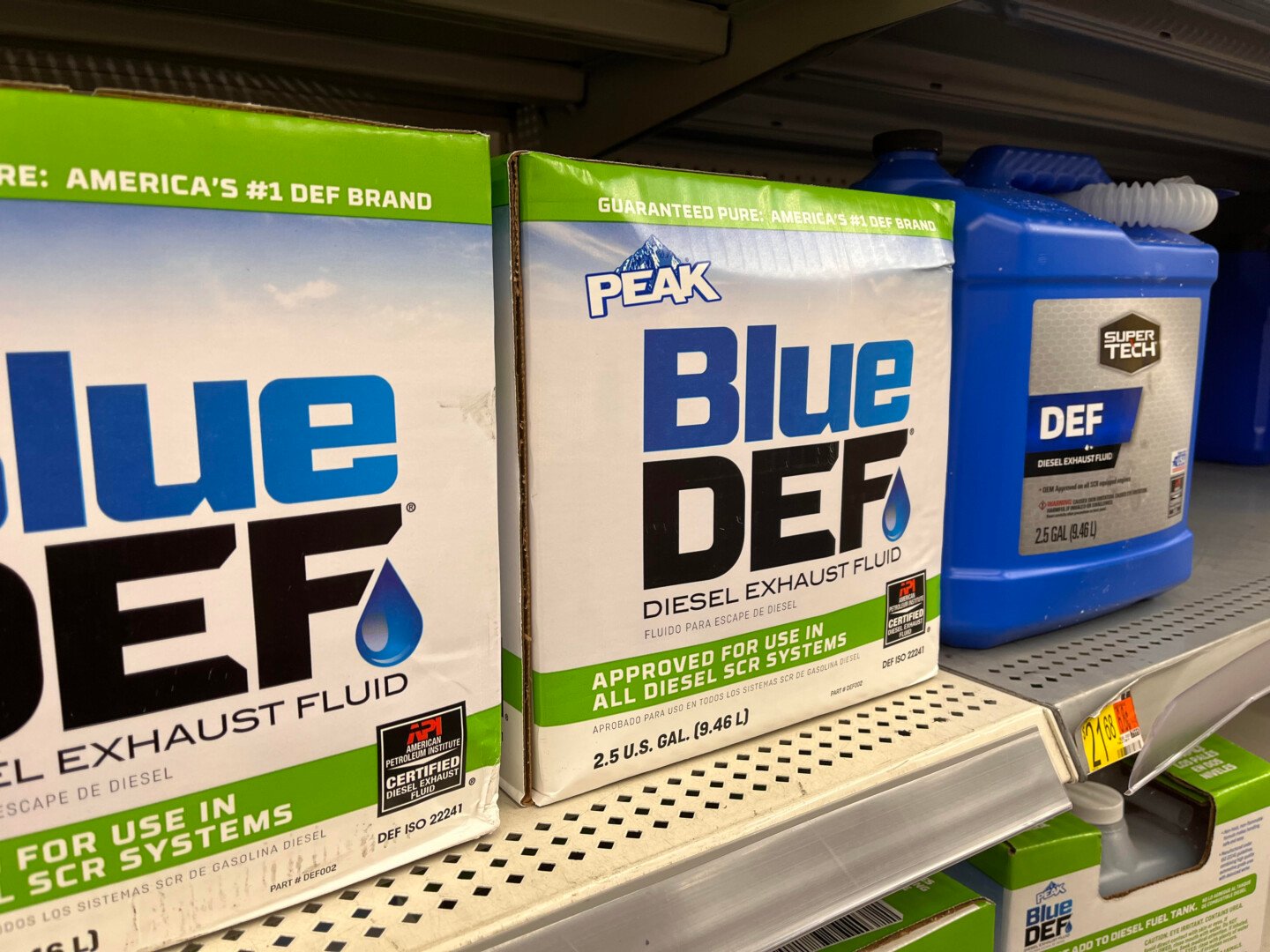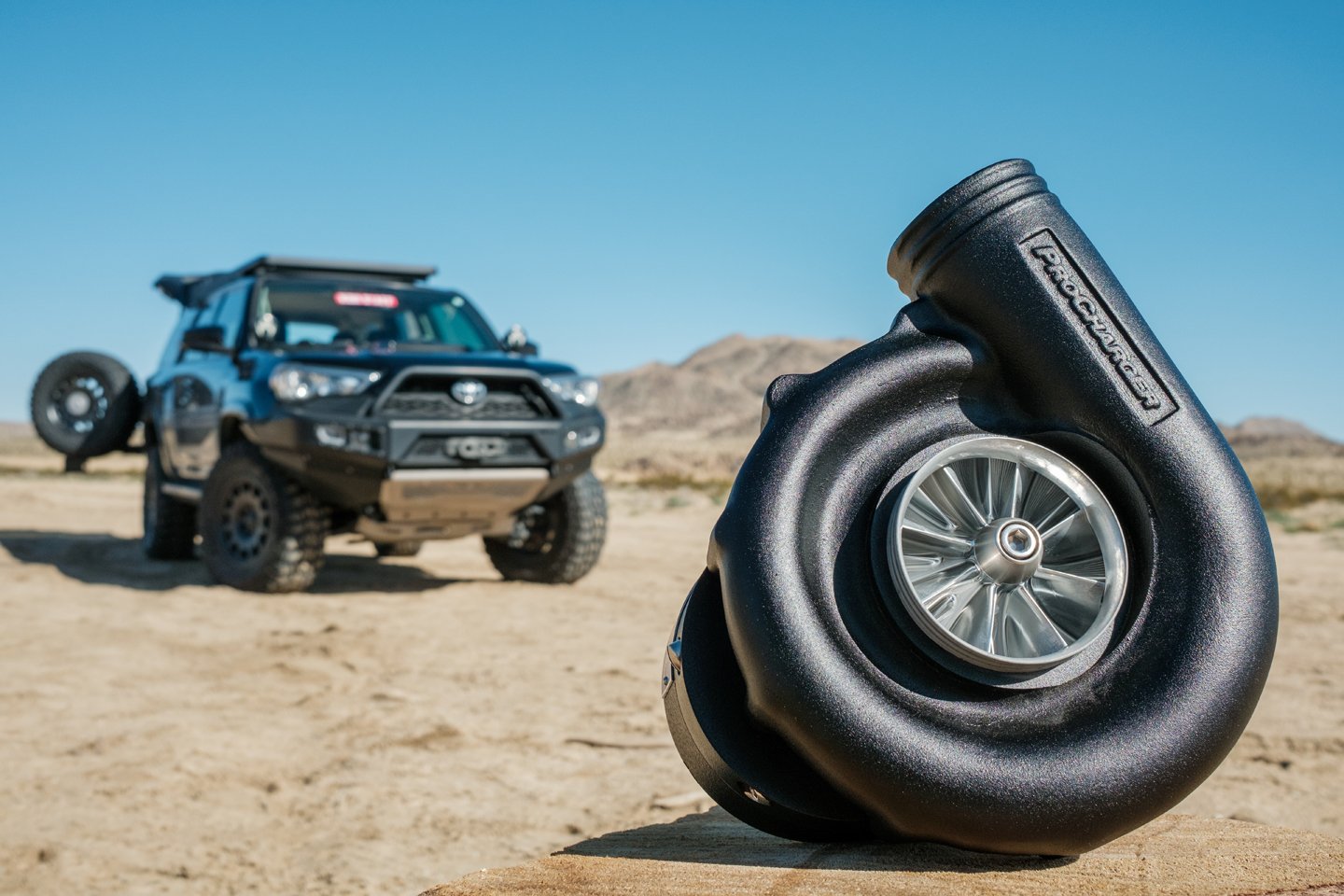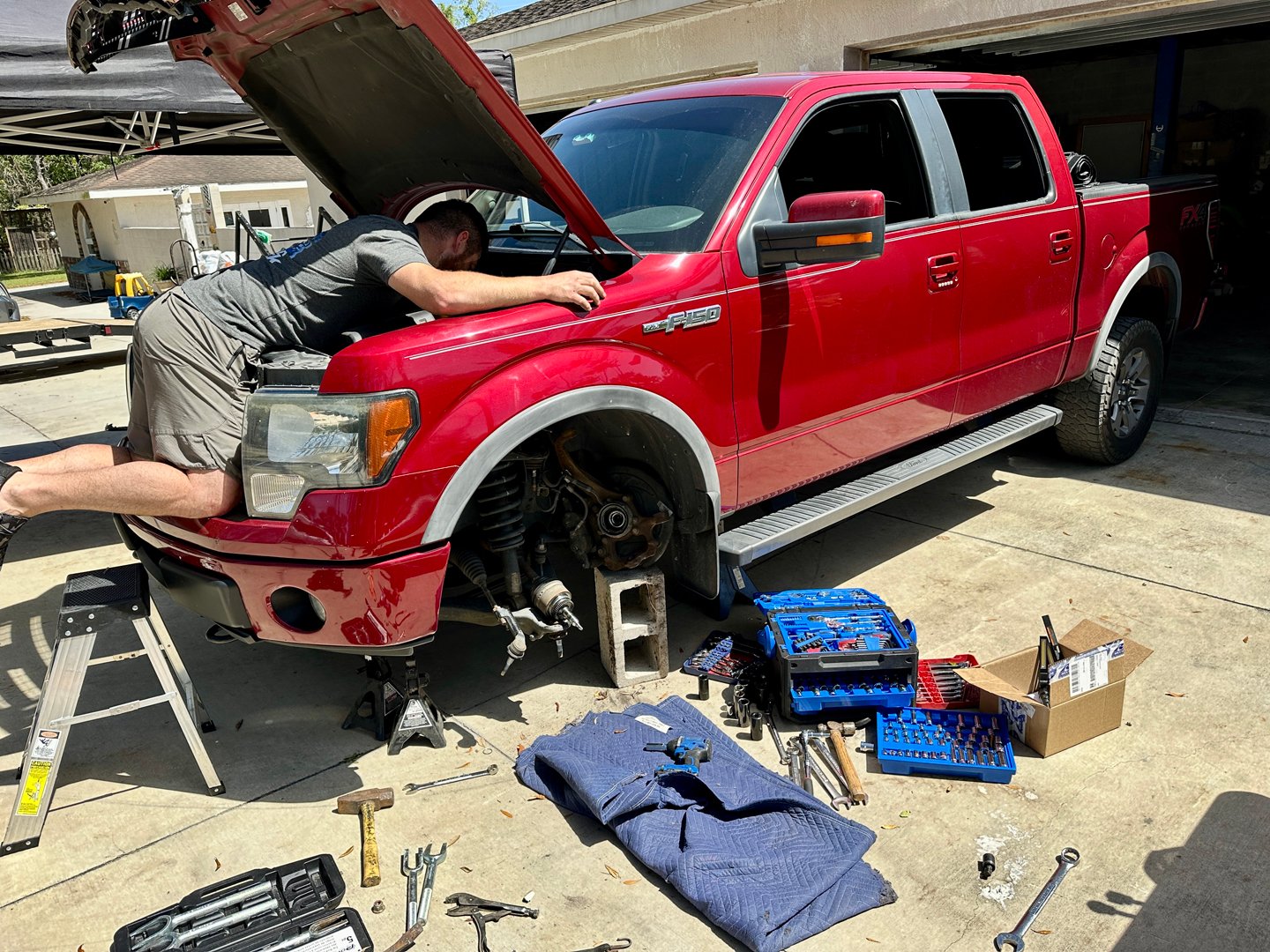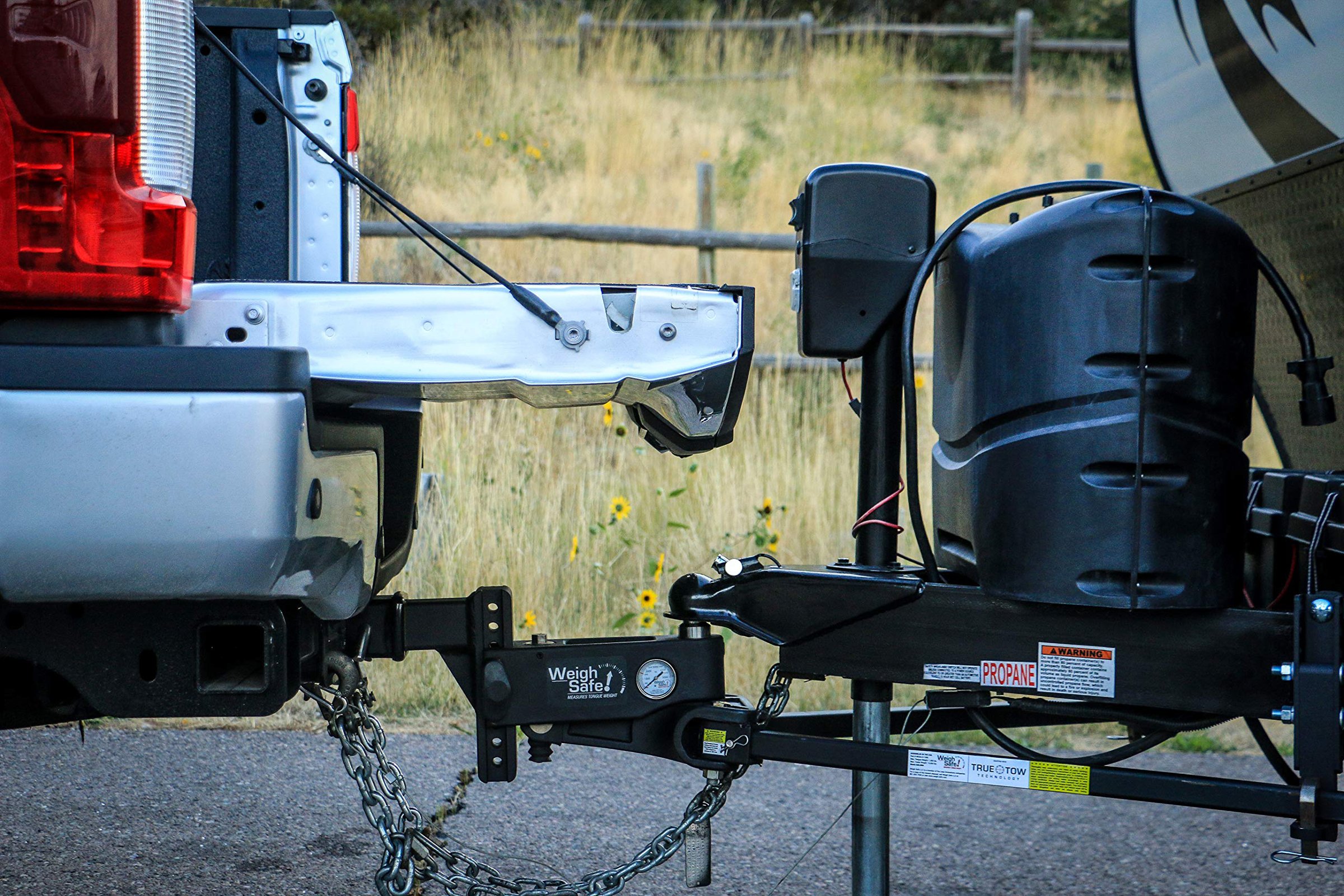Start a conversation about Diesel Exhaust Fluid (DEF) with a group of diesel truck owners and you’ll likely hear more grumbling than cheers. It was in 2008 that the government started mandating that 3/4- and 1-ton trucks incorporate Diesel Particulate Filters (DPF) in the exhaust. This was done to help curb emissions and at first, many thought this was the beginning of the end for diesel performance. Unfortunately, things got even more stringent in 2010, when Selective Catalytic Reduction (SCR) was introduced and enthusiasts really thought the end had arrived.
Fortunately, the sky didn’t fall and diesel enthusiasts are still able to purchase new trucks with more power than ever. Even though emissions restrictions got tighter, the engines got stronger and more powerful. In fact, we recently wrote an article about the increasing power available in new trucks and you can read that right here. While the inclusion of SCR has ruffled many feathers. it is designed to reduce the level of Nitrogen oxide (NOx). NOx is a collective term for toxic gas molecules that are chemical compounds between nitrogen and oxygen and are an essential component of air pollution. This reduction is accomplished when diesel exhaust fluid is injected into the exhaust system to break the NOx down into harmless nitrogen and water. To find out more, we reached out to the folks the make Peak BueDEF, a subsidiary of Old World Industries (OWI) to find out more about this maligned liquid.
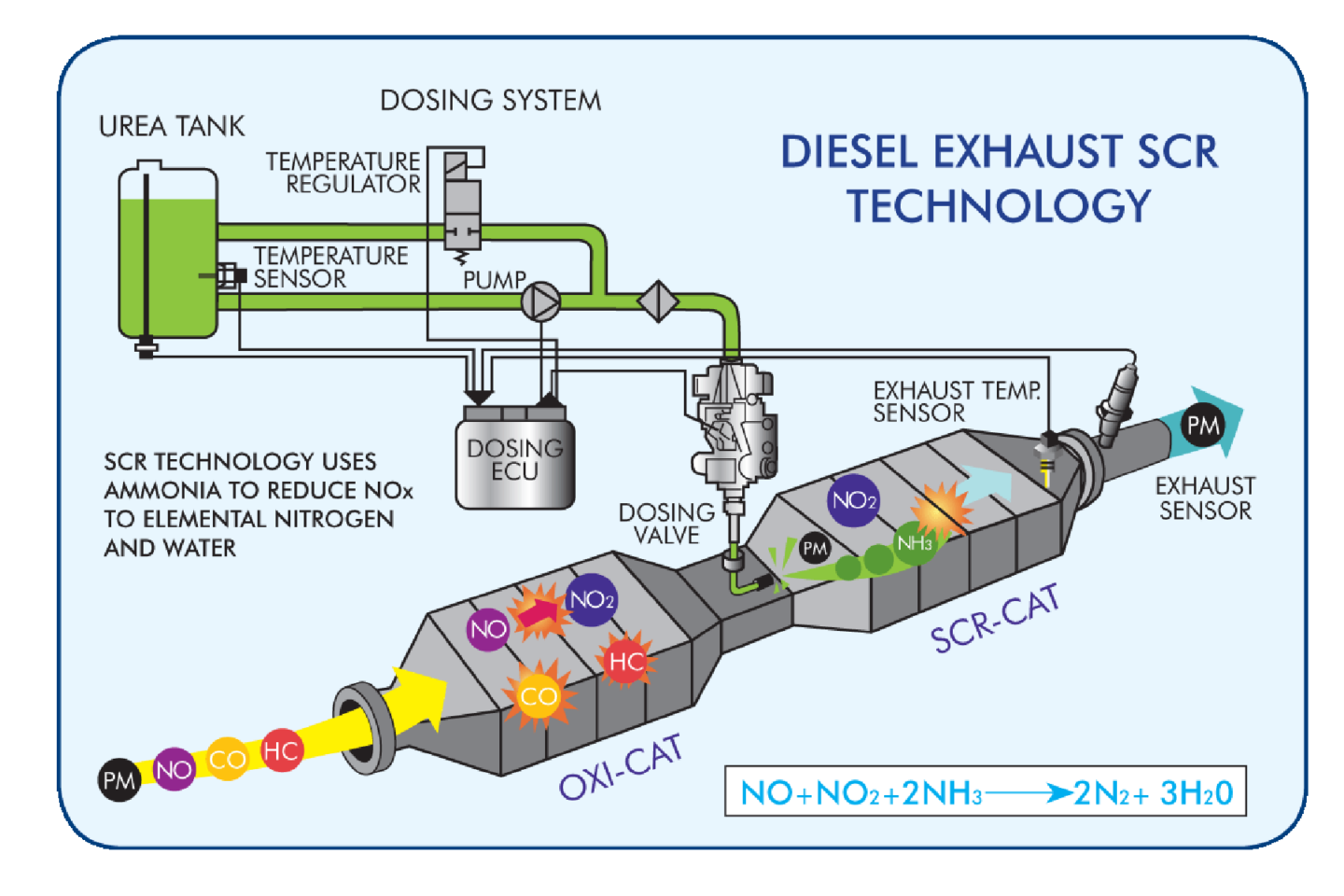
While the workings of a diesel truck’s emissions system might seem like voodoo to many, it’s actually quite simple.
“Stringent emission standards for diesel vehicles implemented in 2010 forced the inclusion of advanced after-treatment systems into diesel engine design to reduce NOx and particulate matter emissions to meet government standards,” says Jay Gagnon, senior project manager at OWI. “SCR requiring the injection of diesel exhaust fluid has proven to be the best technology for reducing NOx emissions. It is the combination of after-treatment technologies (of which DEF and SCR are one) and advanced engine designs that allow today’s vehicles to produce the combination of higher power and increased fuel economy that we’ve all come to expect and demand. DEF is a critical technology for keeping the environment clean and conserving natural resources.”
If there is one thing that many diesel owners dread, it’s the fact they have to include DEF in their vehicles at all. DEF is made up of 67.5 percent deionized water and 32.5 percent high-purity urea. A quick internet search tells us there are roughly 100 American Petroleum Institute (API) certified brands of DEF that can be found in North America. The API Certification Program monitors the quality of all DEF used in vehicles. But with so many “brands” of DEF available. How is anyone supposed to know what is a quality fluid and what is not? To find out more, we reached out to the folks at Old World Industries (OWI) to get some answers.
“DEF doesn’t have an expiration date,” says Jay Gagnon, senior project manager at OWI.” “Properly stored, out of direct sunlight, within the temperature range of 23 and 86 degrees Fahrenheit, DEF shelf life is a minimum of two years. If the user notices discoloration, cloudiness, or contaminants in the fluid that would be an indication the fluid should be discarded. OWI’s BlueDEF Purity Guarantee is our assurance to you that we test each batch of BlueDEF before we put our name on it. Our batch code printed on each carton is your assurance that the DEF within is pure and has been tested to meet or exceed the strictest OEM standards.”
OWI has been producing DEF for many years and has a real understanding of what constitutes a quality DEF. For starters, Urea is a widely used product. In fact, it may very well be one of the most widely manufactured chemical compounds since it is used worldwide as a fertilizer. However, this should not be confused with the automotive/medical grade that is required to have a much higher purity. This is assured by making the urea synthetically from natural gas.
One thing you might not realize is DEF is startlingly delicate. As Jay mentioned, it must be stored between 23- and 86 degrees Fahrenheit, and it does have a “shelf life”. DEF is a consumable product and most retailers have strict ordering and inventory storage protocols, it is highly unlikely a DEF carton will sit around long enough for it to “go bad”.
If DEF does freeze (this will occur at 12 degrees Fahrenheit), you might want to move to a warmer climate. Jokes aside, it’s still safe to use once it thaws. Exposure to air will cause crystallization, so using airtight-sealed containers is the only feasible way to store DEF. This also explains why it turns to a white powder when you spill it. Another serious consideration is that DEF is especially susceptible to contamination. One teaspoon of table salt will ruin 5,000 gallons of the liquid.
Your pickup will use roughly two to three percent of the volume of diesel fluid, so DEF tanks hold roughly 5 to 10 gallons. More would only add weight to the system. But with such low rates of use, a poor-quality DEF can lead to problems with the injection system that introduces the fluid into the exhaust. If the DEF is not a quality liquid and not cleaning the truck exhaust as it should, a downstream NOx sensor will send a fault code and a warning to the driver. This will also happen if the truck runs out of DEF.
We asked Jay why readers should choose BlueDEF over other brands and he iterated, “the customer knows that when they buy BlueDEF Diesel Exhaust Fluid, their diesel vehicle is getting the purest DEF available to provide maximum performance and reliability.”
Although emissions are here to stay, that does not mean diesel enthusiasts cannot have performance as well. The emissions equipment found on late-model diesel trucks has come a long way since EGR was first introduced back in 2004. I am a strong proponent of the fact you can keep your DPF, SCR, and EGR and still make a considerable amount of horsepower.
Despite what many “delete the world” truck owners believe, the modern EGR systems and the components within them don’t fail nearly as often as they used to. And if you think an emissions-friendly diesel can’t include performance upgrades, think again. Several years ago, the gang at DuramaxTuner.com decided to test the ability to make more power while remaining emissions-friendly. The truck they used as a test bed was an LML Duramax-powered GMC.

Although DEF can last for several years in a properly sealed container, once it hits air, it turns into a crystallized state.
This truck received ECM and TCM calibrating, a DT750-built Allison transmission, a Stealth 64mm drop-in turbocharger, a FASS low-pressure fuel supply system, and an ATS twin high-pressure fuel pump kit. The factory EGR, SCR, and DPF systems were all left untouched. The results were outstanding. The truck delivered 617 horsepower and 1,270 lb-ft of torque on the chassis dyno. This definitely proves that we can live with emissions and still create huge power from our diesel engines.
Emissions equipment is something we will all need to live with, and since we can still make gobs of power while reducing noxious exhaust fumes, why not be content pouring that jug of DEF into your truck and enjoy smoke-free power?

